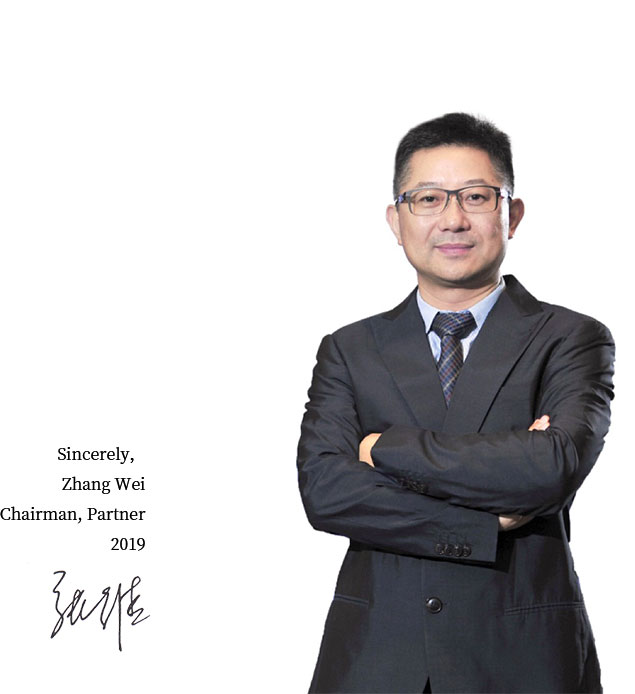2017.07.17 Tao Tao Views:
In China‘s PEVC market, institutional investors compete on three fronts: talents, quality LPs, and target fields.
Competition on talents
Human resources are PEVC’s foundation. Excellent investors leave the employer after successful investment programs. It is not only common in China but also in the US. This highlights the importance of retaining talented employees as institutional PEVC investors.
CoStone has integrated the share incentive mechanism into our top design, put in place incentives related to profits brought by investment programs, and more funds will be given to excellent teams.
Competition on quality LPs
Experienced, stable, and professional LPs who are familiar with GP’s investment style and investment categories are highly welcomed in China’s capital market. Over recent years, government-guided funds have become an important PEVC investors’ capital source. However, LPs are also rarely seen if they are flexible enough to strike a balance between governments’ socio-economic goals and GPs’ goals of money-making. That’s why competition on quality LPs is fierce.
Competition on target fields
Many newly emerged industries will see a flood of capital in short term. They are sophisticated long-term capitals like PEVC funds or just hot money from society. Wherever there is a sudden capital inflow, there is an over-heated field and many over-valued companies. Investment opportunities will be highly mixed, making the already fierce competition even worse. However, when the heat freezes, only certain strong institutional investors still hold on there.
The above is part of Tao Tao’s speech in the panel discussion themed “2017 the New Landscape in the PEVC Market of China” in the 11th China Fund Partners Summit hosted by Zero2IPO Group in Beijing. On the summit, also presented were renowned FOFs, government-led funds, listed companies, insurance capital, private banks, wealth management institutes, wealthy families and individuals, and PEVC institutional investors.

Rewritten by Chen Cong, Edited by Li Yunzhen, Du Zhixin
The year 2019 marks the fortieth anniversary of China’s Reform &Opening-Up, once again, we meet at the turning point of history. What’s the next step for the game, is there any clear guidance? The answer is affirmative.
Our country is enjoying a good momentum of development, which does not come from the Washington Consensus nor the Beijing Consensus. China’s experience has proved that both the visible hand and the invisible hand are crucial: the visible hand, stands for the government-led reform, and would yield benefits for reform and opening up; the invisible hand, stands for the Marginal Power represented by the private sector, and would improve economic efficiency and tax collection, create jobs and employment opportunities.
Provided that we want to protect and expand the benefits form reform, three simple but mandatory agreements are to be made and followed: No.1 Private ownership must be recognized, protected and treated equally with public ownership constitutionally, both ownerships are scared and inviolable;No.2 Make further clarification of the principal position of market economy, “deepen economic system reform by centering on the decisive role of the market in allocating resources”, as President Xi addressed in the third Plenary Session of the 18th CPC Central Committee;No.3 Implement the guiding principles of “comprehensively promoting law-based governance” of the fourth plenum. The rule of law is essential for economic growth, irreplaceable to protect private ownership, and necessary to encourage innovation and entrepreneurship.
Above are three rules for us to avoid falling into the Middle-income Trap. Assuming that we are breaking systematic barriers to private enterprises’ participation in market economy, and boosting innovation and entrepreneurship of our society, then we are heading towards a promoting direction. We are marching in the path of light, regardless of the ups and downs of Sino-US relationship, the drop in GDP growth rate, or the monetary policy.
These principals also apply on knowing how better to run a business: don’t be hedged by rules and regulations at the beginning, pay more attention to your survival, and you’ll learn more when you start your second business.
For many years, Huawei has been the only Chinese company on the list of the Top 50 R&D Spenders. Regardless of the economy and its income, what Huawei has been doing is investing in its future, dedicated to R&D, continuously and resolutely. This provisional work underscores Huawei’s accomplishments, making Huawei anindustry leader.
So, there are standard answers on how to run a company,which could be summarized as concentration and professional dedication, continuous investment on innovation and trying harder in R&D. Entrepreneurship is also important, every single company needs entrepreneurs to push aside all obstacles and difficulties, to implement strategies and ideas. We, as investors, are destined to look for such outstanding entrepreneurs and their companies, invest in them and partner with them.
At this key point of history, a country, a company, or asingle individual, will all need to find the right path. Four decades after the Reform and Opening-up, it’s time to learn from our experience and stop “wadding across
